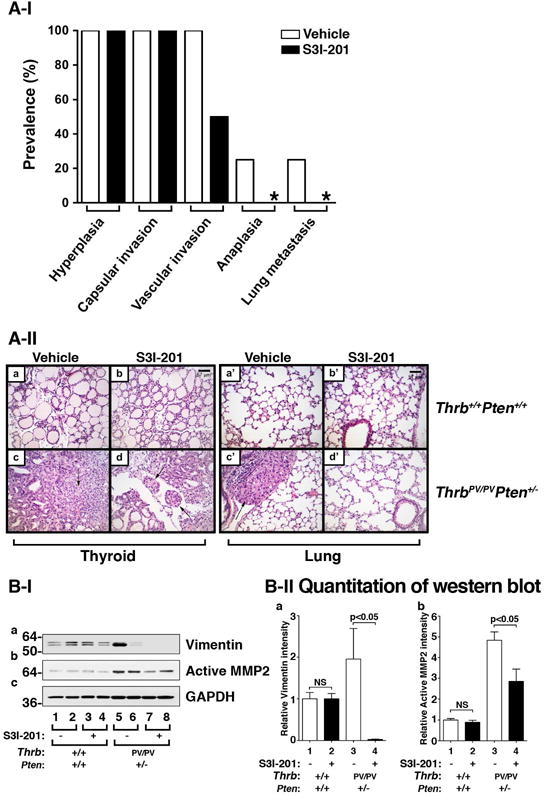Figure 6. The effect of S3I-201 on pathological progression during thyroid carcinogenesis of HFD- ThrbPV/PVPten+/− mice.

(A-I) Pathologic analysis in the vehicle-treated (n=4) and S3I-201-treated (n=4) groups of ThrbPV/PVPten+/− mice. The prevelence of each pathological feature in thyroid carcinogenesis, according to the vehicle or S3I-201 treatment, is shown a percentage.
(A-II) Representative examples of hematoxylin and eosin (H&E)-stained thyroid sections from wild type mice treated with vehicle (panel a) and S3I-201 (panel b) and lung sections treated with vehicle (panel a’) and S3I-201 (panel b’) and thyroid tumor sections from ThrbPV/PVPten+/− mice treated with vehicle (panel c) and S3I-201 (panel d) and lung sections treated with vehicle (panel c’) and S3I-201 (panel d’). The arrows indicate vascular invasion (panel d) and anaplasia (panel c). (B-I) Western blot analysis of vimentin, active MMP2 and GAPDH as a loading control after treatment with vehicle and S3I-201 in wild type and ThrbPV/PVPten+/− mice. (B-II) The band intensities of the protein detected in B-I were quantified and compared. The data, shown as mean ± SE, were analyzed by Student’s t test.
